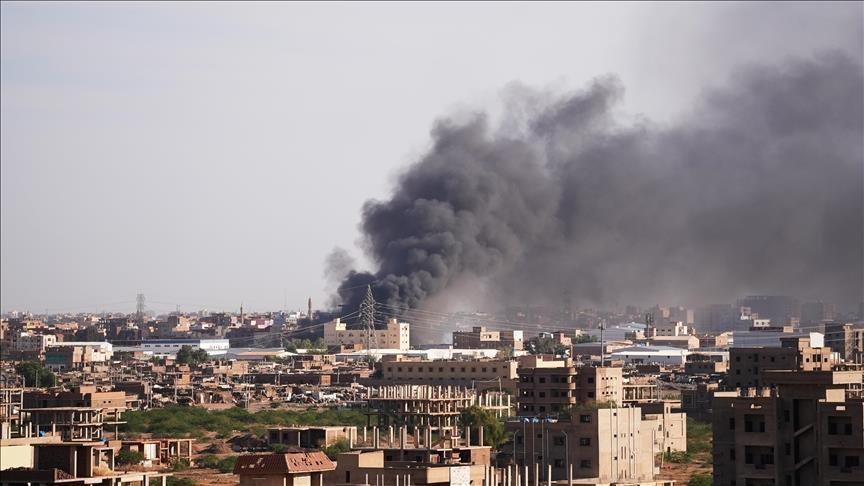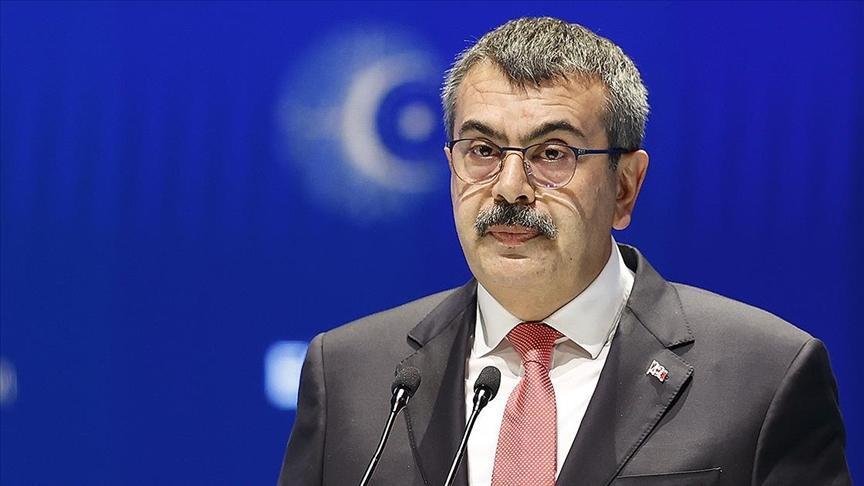Centuries-old finds unearthed in İnebolu
KASTAMONU

Within the scope of a surface survey project carried out by Kastamonu University, finds dating back 2,300 years ago have been unearthed in the İnebolu district of the northern province of Kastamonu.
The surface survey work started in November 2022 and is planned as a five-plus-one-year project. The research team, which conducted its first three seasons in İnebolu, visited all the villages of the district step by step and interviewed the headman and village residents.
For the project, the team made the records and inventory of archaeological and cultural assets dating from the 1st millennium B.C. to the 10th century A.D. Aiming to contribute to tourism in İnebolu and therefore Kastamonu, as well as identifying archaeological and cultural assets, the team has come across findings that can be dated back to 2,300 years ago.
Among the findings, the presence of tombs, monasteries and church structures, as well as broken pottery pieces and architectural blocks that contain many clues about the region’s history, also give an idea about the economic power, production and trade potential of the İnebolu district in ancient times.
After completing the work, the team will present all the findings in a book to be published.
Also, the necropolis (grave in ancient cities) that was identified in the archaeological studies carried out within the scope of the project was registered as a first-degree archaeological protected area by the Ankara Cultural Heritage Preservation Regional Board.
Speaking about the studies, Kastamonu University head of Archaeology Department lecturer Asena Kızılarslanoğlu stated that the findings will move the settlement history of the region to an earlier date.
Stating that they have been continuing the surface survey in İnebolu for three years, Kızılarslanoğlu said: “We started the surface work primarily from İnebolu, Bozkurt and Abana, which are on the seashore. The studies aim to make an inventory of archaeological and cultural assets. We want to identify and record the remains and traces of people who lived in ancient times. Then, as a result of these studies, we aim to contribute to the tourism of the region."
"We want to determine certain points, travel routes or destination points, and to obtain data about the historical process of İnebolu and Kastamonu. With a small team, we visited all the villages step by step and interviewed the headmen and elderly people in that region to see if there were any cultural or archaeological assets in those villages. We continue the surface research in this difficult geography," she added.
Kızılarslanoğlu said that they obtained important data and found some architectural stone blocks in the district center of İnebolu.
“We call these finds architectural pieces and they give us an idea about possible structures. We currently have ceramic data dating back to the Hellenistic period, approximately 2,300 years ago. We can also call these broken pottery pieces. Apart from this, we found some architectural blocks and pieces indicating the Roman period and also found a tomb and a necropolis. We want to carry out rescue excavations and landscaping in this region in the future together with the Kastamonu Archaeology Museum. We are creating an inventory of the monastery on Geriş Hill, which is known to all local people, and some building groups. We will also work on Bozkurt and Abana next season. We plan to complete our work in İnebolu this season,” she said.
















